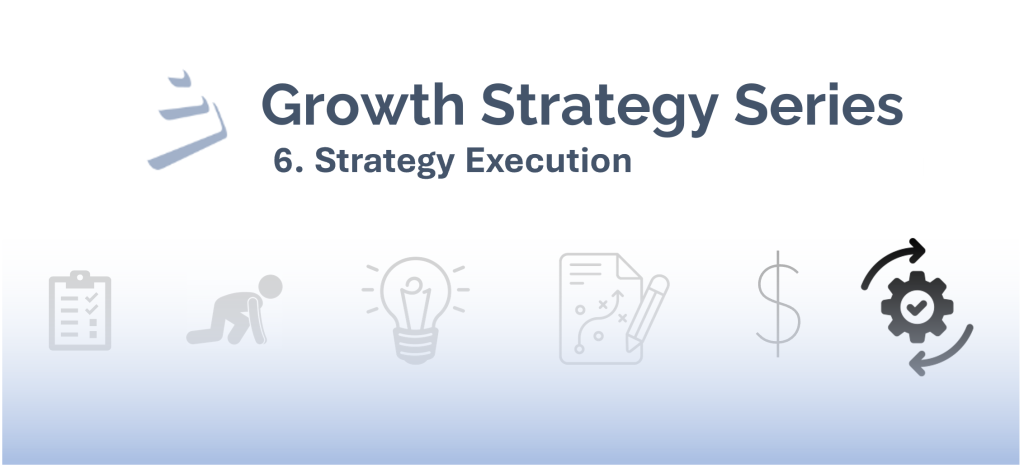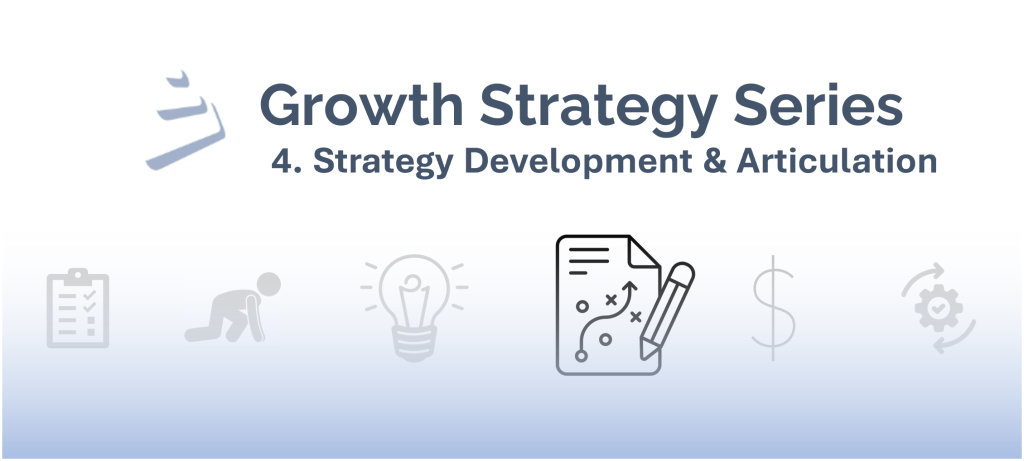Former Procter & Gamble Chairman, President, and CEO A.G. Lafley is well known for creating the “Consumer is Boss” mantra in the early 2000s, galvanizing the organization behind it, and delivering almost a decade of year on year double digit growth. Not surprisingly, services and products that think of the consumer as their boss, leverage unique consumer insights, and better meet the needs of consumers will almost always win out. Today, technology is allowing manufacturers, retailers and service providers to make significant improvements in meeting and exceeding consumer needs and expectations like never before, and nowhere is this clearer than with Uber.
Taxi drivers, who are rightly upset that they are losing significant business to the likes of Uber, continue to protest in an attempt to block the growth and popularity of ride-sharing operations. Unfortunately for the taxi drivers, it’s not about regulations, restrictions, or the sale of “medallions”. The core issue in my opinion, is that Uber (and specifically UberX) just does a significantly better job at meeting consumer needs vs. the traditional taxis. Unless cab drivers and taxi companies rethink how they can compete by improving how they serve consumers instead of filing lawsuits and staging protests, Uber will continue to win. Here’s just a handful of ways that Uber is separating itself from taxis by better meeting the needs of consumers.
Frictionless payment & receipts – It baffles me that traditional taxis are still not 100% credit card enabled. And it frustrates me when a cab driver complains when I want to pay with a credit card, while fishing out his carbon copy credit card slider from underneath the front seat that’s loaded with personal items and various papers, all to try and process my payment. Additionally, I still get tear-off receipts from drivers that I then fill out myself. Uber has addressed the consumer need for frictionless payment and receipts brilliantly. I don’t know how it could be more seamless or quicker. Payment happens automatically and a receipt shows up in my email. Done. And by the way, tips are rolled up into the Uber payment adding even more frictionless-ness.
Convenient requesting and tracking – Busy street corners or popular hotels can be relatively easy places to find a taxi; however calling for one can be an unfulfilling experience. A gruff voice often answers “taxi”, followed by “hold”. Once you’re off hold, you make your request and explain your pickup and drop off locations. You then wait and hope the car shows up…and if it doesn’t, then you’re back on the phone with the pleasant dispatcher. Contrast that with Uber, which allows you to request via their app and pinpoint the exact pickup location, while showing you where the car is in relation to you. It’s also much faster than a call to the dispatcher, and doesn’t include looking up the number of a cab company, or calling around to different dispatchers when cars aren’t available. Not only has Uber improved the requesting process, but also they’ve delivered the added benefit of showing consumers the actual car location and estimated time to pick-up – a previous unmet need. The accepting Uber driver’s phone number is also available should you want to contact the driver directly, enhancing peace of mind.
Improved car experience – All of the Uber’s in which I’ve ridden, which have largely been UberX personal vehicles, have been very clean and relatively new. Apart from the occasional new Toyota Prius taxi, the Uber vehicle experience is significantly better than cabs. Taxis range from “fine” to “how is this still running”. There is also a small additional element of surprise, as you don’t know what kind of car you might get. Uber drivers often offer me a bottle of water too – no cabbie has ever done that.
Enhanced trust & transparency – Once your request is accepted, you can see a picture of the driver, their name, the type of car they’re driving, and the license plate. By matching the plate, you always get in the right car. And by having a picture of the driver and their name, there is a level of personalization that drives trust (pun intended). Additionally, consumers who are unfamiliar with the area are often concerned with a taxi driver taking a longer route in order to get a bigger fare. Uber addresses this consumer need for trust and transparency by having their drivers follow a map (usually visible to the rider) powered by Google Maps. The receipt also shows the entire route that car took, in case there any issues with the directions after the fact.
Adding the consumer voice with ratings and reviews – The ability for consumers to rate their Uber drivers not only give the consumer a voice (another previous unmet need), but also improves the overall consumer experience. According to a guide Uber sent to drivers in San Francisco in 2014, Uber drivers who fall below a rating of 4.6 out of 5 are at risk for deactivation. That sets a high standard that results in a top level consumer experience every time as drivers strive to maintain a high rating. That dynamic doesn’t exist with traditional taxis, and I shudder to think of the ratings current cab drivers might get.
Competitive pricing – Finally, Uber also delivers against the need for competitive, if not the best, pricing. In my experience, UberX falls consistently below the price of cabs. For me, a $45 ride to the airport in a cab is usually closer to $30 in an Uber. This point of view may be controversial given Uber’s dynamic pricing (prices surge during peak times), but I respect that dynamic supply and demand business model. Why not charge more when demand is high, especially given what I’m guessing is a relatively price elastic environment (especially among business travelers)? And Uber is very up front when surge pricing is in effect, as Uber presents you with the surge pricing multiple and asks if you still want to proceed with your request. I call that smart business.
By better meeting consumer needs, Uber has embraced a “consumer is boss” mentality. That’s why, according to a recent quote from a greater Boston City Councilor while speaking to a group of protesting cab drivers, “the constituency that supports Uber is the majority and you’re the minority.” Uber is what consumers want because the benefit vs. taxis is so dramatically clear. Unless taxis can figure out how to improve their service to those constituencies, Uber will remain in the driver’s seat.


